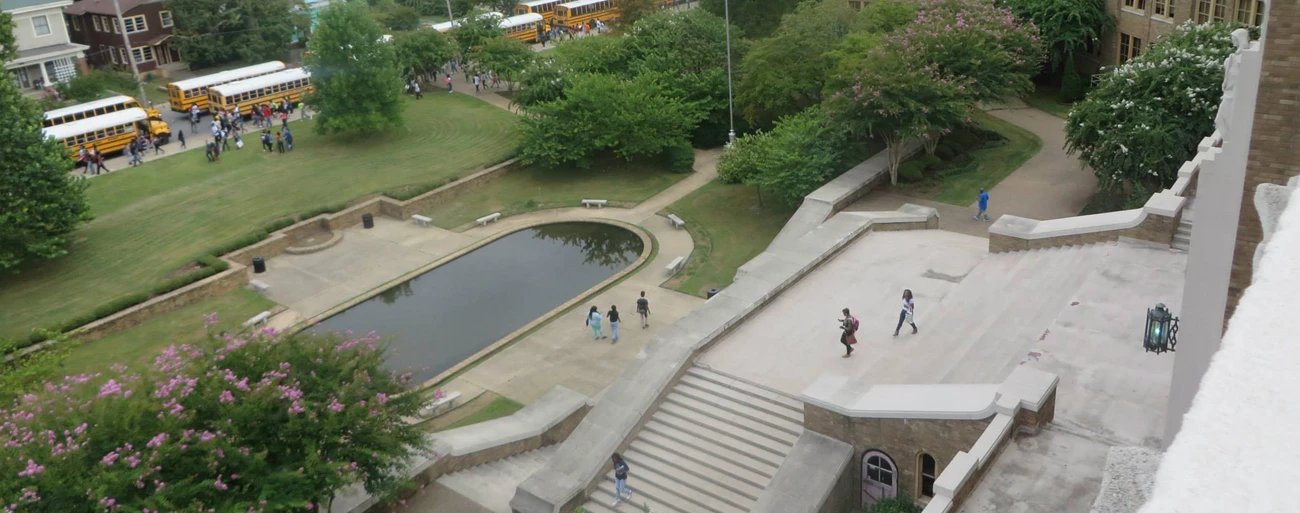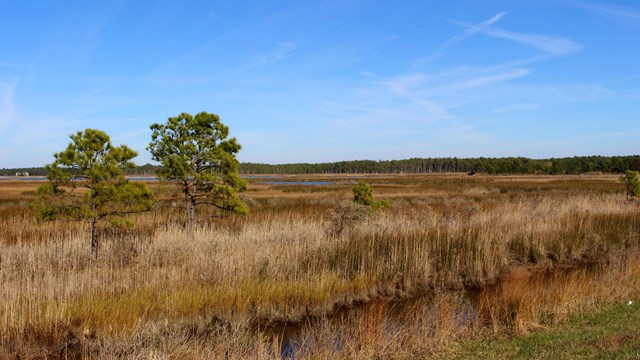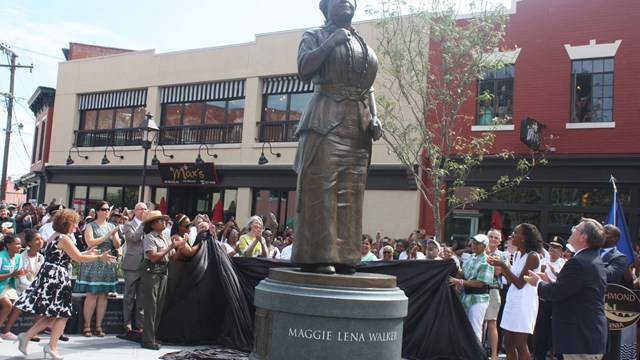
In the fall of 1957, the school became a site of confrontation and change, representing a test for the United States to enforce African American civil rights following Brown v. Board of Education decision.
NPS
America’s national parks help to commemorate more than 400 years of Black history and heritage. From the home of Frederick Douglass in Washington, DC, to the aviation pioneers who broke barriers in flight training at Tuskegee, Alabama, to homesteading families in the Great Plains, NPS sites across the country tell stories of the individual and collective struggles and accomplishments of Black Americans.
Cultural landscapes within these sites provide a unique lens to history. They reveal the complex intersections between people and place, allowing us to better understand actions, events, and lives within broader historical contexts.

The history and heritage of Black Americans are preserved and shared in many parks across the country. Explore some featured places.

Stories of Black History and Heritage in the NPS: Discovering connections to people and places
Cultural Landscape Articles
Many National Park Service sites were created to honor specific individuals or events across our nation’s history. Other places reveal the sometimes more hidden stories and everyday lives. These articles highlight a few of the cultural landscapes that exhibit the dimensions of African American history and culture, past and present.
Last updated: February 6, 2025
